RC rock crawlers are uniquely designed off-road remote control vehicles with advanced suspension, 4WD, and ultra low gears that allow them to traverse challenging rocky terrain. Optimizing these crawlers for boulder-strewn inclines requires specially formulated sticky, high-traction tires that can grip irregular surfaces and provide constant contact over rocks without slipping. This guide will explore how to choose, prepare, modify, and maintain RC rock crawler tires to achieve the maximum tackiness and climbing performance. We will cover cleaning and scuffing tire surfaces, using various adhesives and coatings to improve stickiness, testing out traction gains, troubleshooting issues with the treatments, and proper storage and reapplication – everything you need to know to conquer the steepest rock faces and obstacles with your custom sticky crawler tires.
Why sticky tires are needed for RC rock crawler
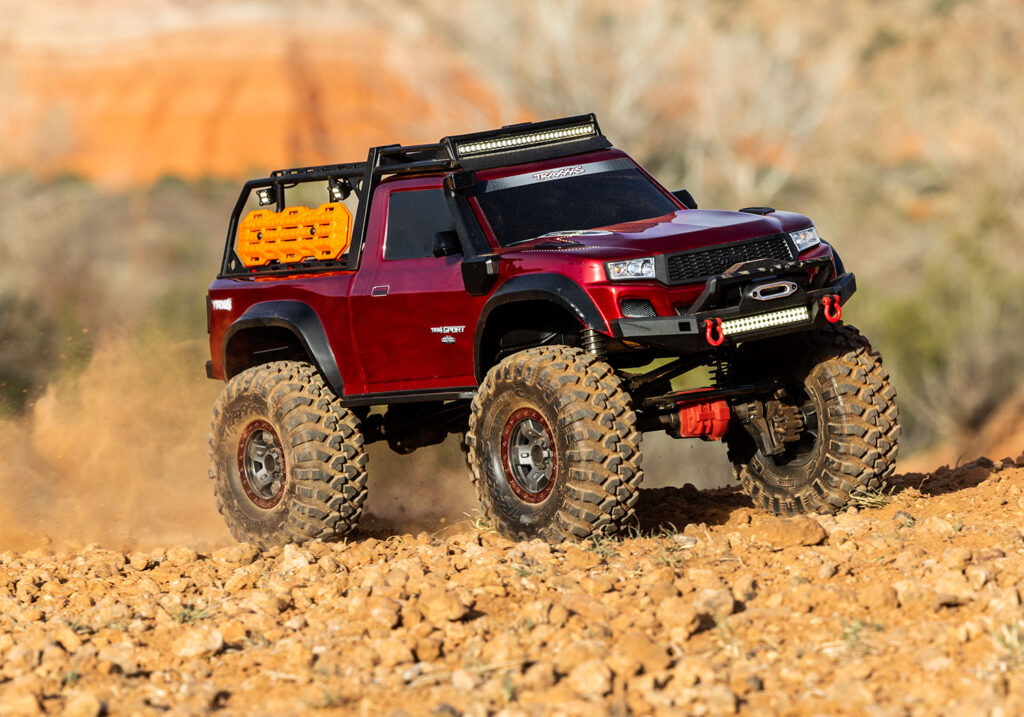
Sticky, high-grip tires are essential equipments for rock crawlers to handle the harshest environments. The tacky rubber compound enables the tires to conform to irregular shapes and maintain constant contact over rocks. This maximizes friction and traction to push the vehicle forward without slipping or scrubbing speed. Stickier tires allow crawling at steep angles and provide maneuverability in precarious situations. Choosing and preparing the optimal tires is crucial to improving performance and scaling challenging inclines.
Preparing the Tires
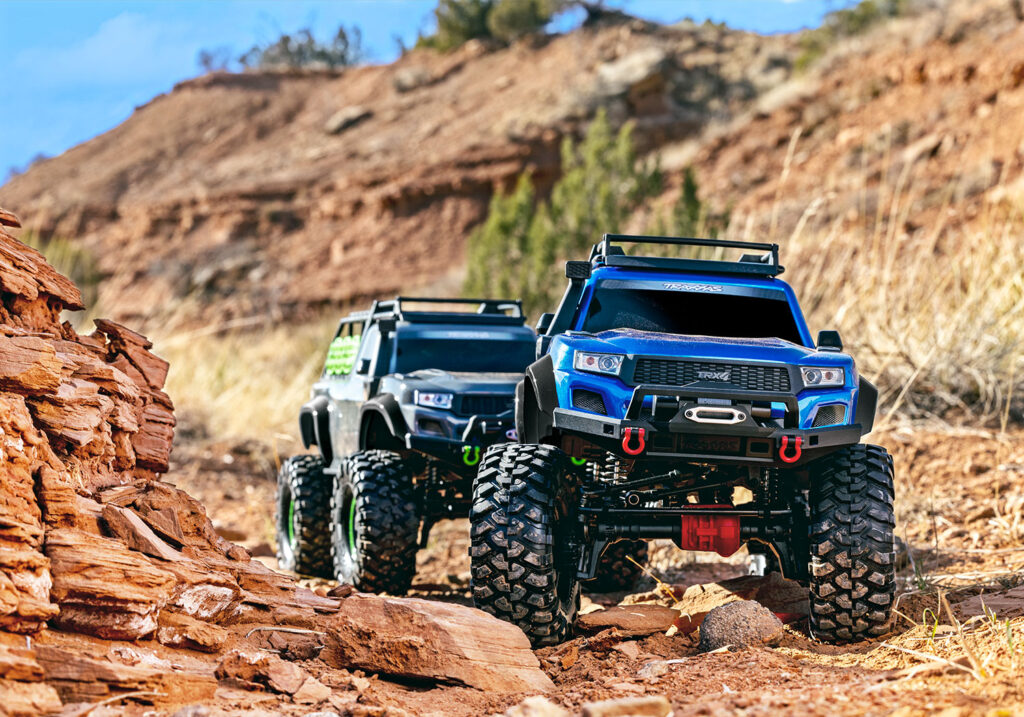
1. Choosing suitable RC crawler tires
Selecting the right tires is the first step in outfitting a rock crawler for maximum traction. Look for tires designed specifically for crawling, with large, deep lugs and sticky rubber compounds. The tires should be proportional in size to the crawler’s chassis and have a wide contact patch to grip surfaces. Soft compound tires flex over rocks better while firm compounds provide support on hard surfaces. Tread patterns with spacing between lugs self-clean debris in muddy conditions. Tires with sidewall lugs, beadlocks, and foam inserts further improve traction. Consider the terrain type before choosing the tire size and tread style.
2. Cleaning the tire surface and removing dust
Before modifying or treating RC crawler tires, thoroughly clean the rubber surface to remove any oil, dirt and dust. These contaminants will degrade adhesion of tire coatings. Use a stiff nylon brush and degreasing agent to scrub the tires. Rinse off the solvent completely and let the tires dry. Inspect and pick out any rocks or debris stuck in the treads. An optional step is to rough up the slick tire surface with fine sandpaper to enable better coating grip. Smooth, shiny tire rubber will need extra preparation to become sticky.
Increasing Tire Tackiness
1. Using tire adhesives or coatings
The most effective way to improve RC rock crawler traction is applying specialty adhesives or rubber coatings on the tire tread. These products are formulated to bite into surfaces and add stickiness without compromising tire flexibility. Common options include tire glue, rubber cement, and liquid silicone sprays. There are also tacky paint-on coatings made by RC brands to boost grip.
2. Introducing different brands and their pros and cons
Popular tire adhesives include Pro-Line Tire Glue for supreme tackiness and Shoestring RC Soft Touch for adjustable stickiness. Pro-Line glue provides tenacious grip on any terrain but can be messy to apply. Shoestring allows tuning glue strength by layering and lasts through more runs. Other top products are JConcepts Tire Sauce for quick application and AKA Python Grip for strong wet weather performance. Each brand has a unique formula with pros and cons to consider.
3. Application methods and precautions
Read instructions to properly apply adhesive or coatings on crawler tires. Clean tires first to maximize adhesion. Apply glue in thin layers, allowing it to partially cure between coats for optimal traction. Spray-on options like silicone are easiest to apply evenly across the tread. Avoid over-application that results in tire stiffness. Dab a paper towel to remove any excess. Test a small section first to gauge appropriate tackiness. Tire glue can pick up dirt so regularly reapply fresh coats when grip starts decreasing. Use masking tape on wheel rims when applying glue near the edges.
Testing and Troubleshooting
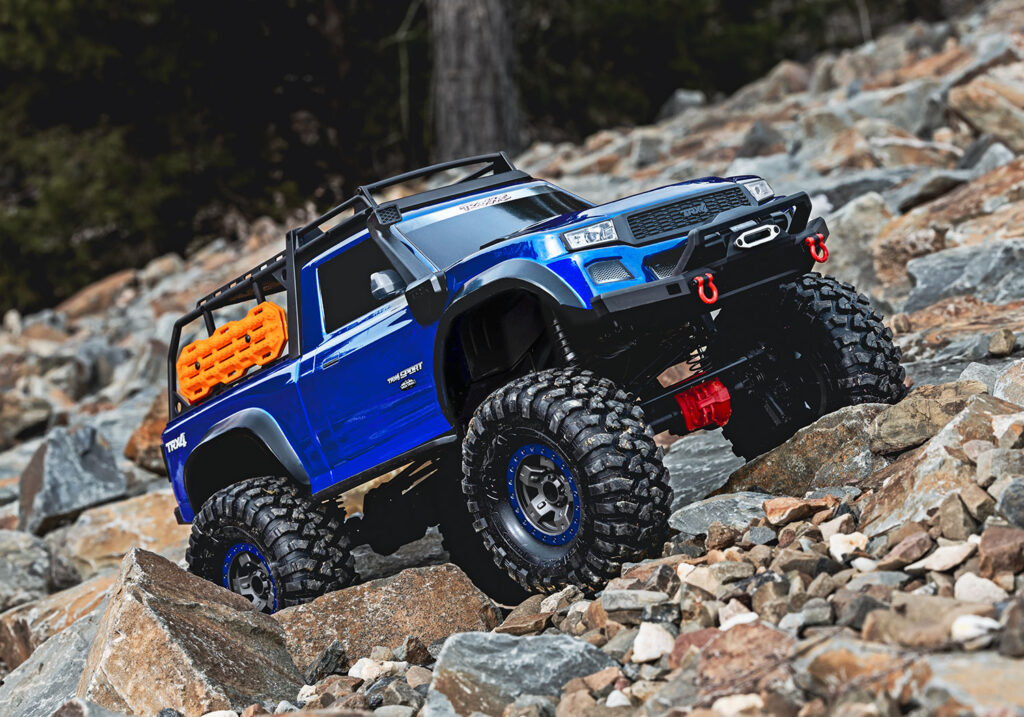
1. Testing crawling performance and adjusting tackiness
After preparing the tires, test them on a small rock course to assess traction gains. Note any slipping spots and adjust the adhesive tackiness up or down as needed. For more grip, add another layer of glue or coating once the previous application has cured. Too much glue can make the tires overly sticky and cause binding or bouncing. For less grip, scrub off some of the adhesive using a stiff brush or sandpaper to reduce the tack. Finding the optimal adhesive thickness for your crawler’s tires and running style takes experimentation.
2. Troubleshooting common issues
Some common problems when adhering crawler tires include glue not drying, attracting too much dirt, chunking off on impacts, and mismatching grip levels between front and rear. Try waiting longer cure times, keeping tires clean between runs, gently removing damaged glue sections and reapplying, and coating all four tires evenly. Suspension tuning can also help balance traction. Switching to a harder or softer compound glue may remedy certain issues. Check manufacturer guidelines for additional troubleshooting tips.
Maintenance
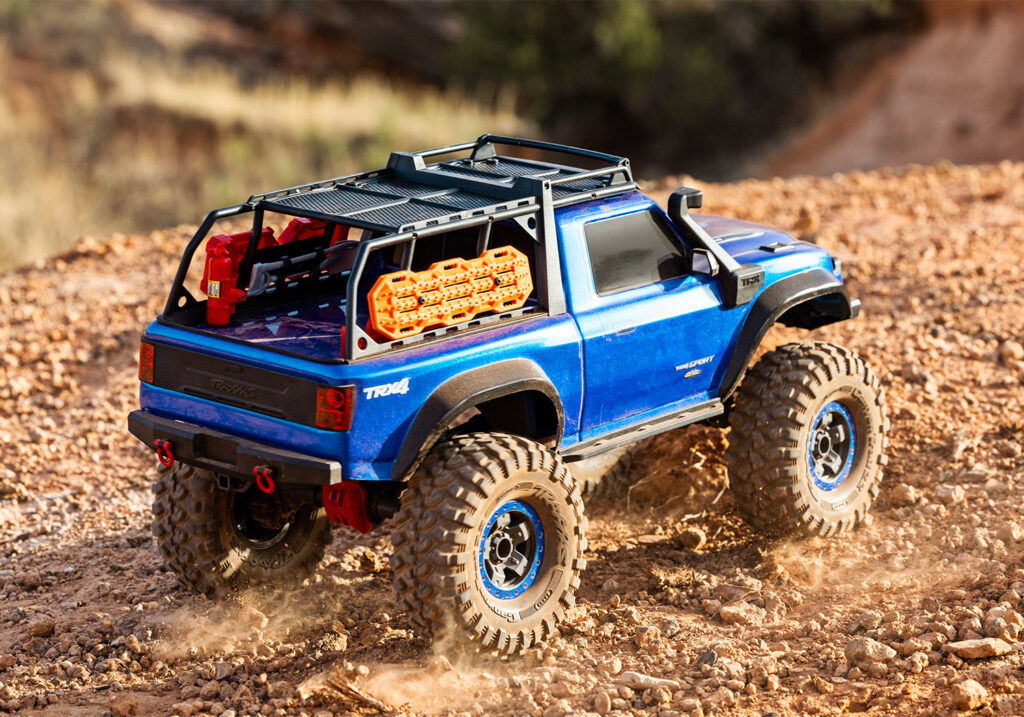
1. Regular cleaning and reapplying
Proper maintenance is key to preserving stickiness on treated crawler tires. Before each run, examine the tires and remove any debris or dirt stuck to the glue. Use a stiff brush and solvent to clean, then rinse and let dry. Reapply a fresh coat of adhesive or coating once the previous layer starts wearing down. Frequently rejuvenating the tackiness ensures optimal traction is maintained.
2. Storing and preserving tire surface
When not in use, properly store the crawler tires to maximize the working life of any applied adhesives. Keep the tires in a clean, dry place away from direct sunlight, moisture, and chemical fumes that can degrade the rubber. To prevent glue layers from bonding the tires together, place parchment paper between stored tires. For long-term storage, consider removing a majority of the adhesive by sanding or solvent washing, leaving just a small amount of tackiness. This allows the tires to be revived later by reapplying coats.
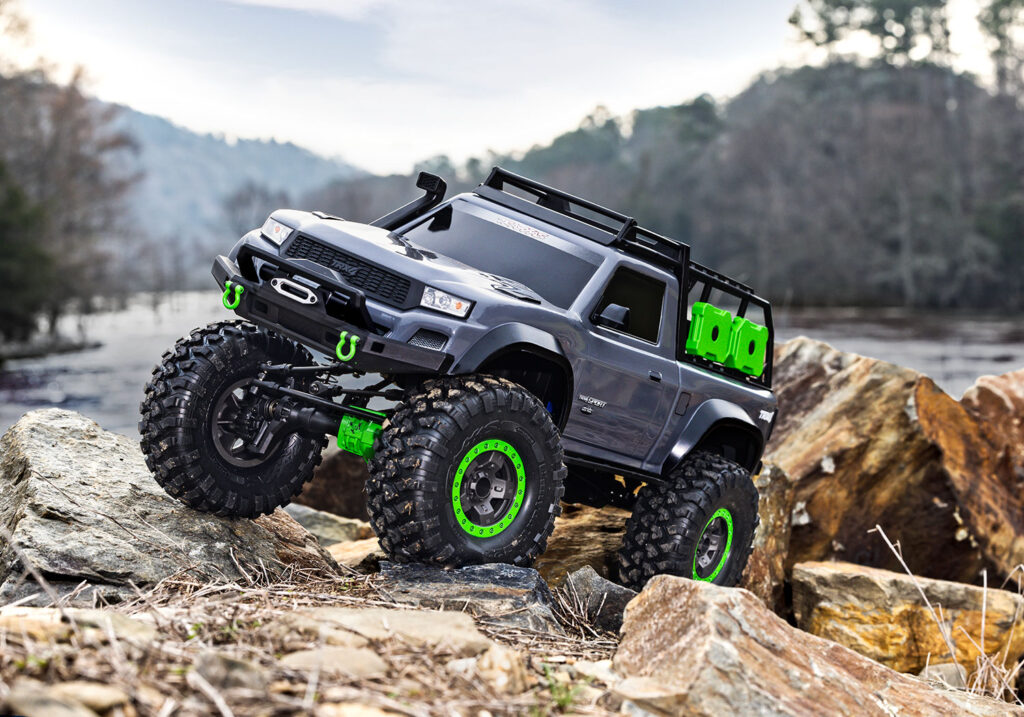
Frequently Asked Questions about making RC rock crawler tires sticky
1. What kinds of adhesives work best for RC crawler tires?
The most popular and effective adhesives are tire glues and rubber cements specifically formulated for RC use. Brands like Pro-Line Tire Glue, Shoestring RC Soft Touch, and JConcepts Tire Sauce are great options. Silicone sprays also work well. Avoid household glues which may be too thick.
2. How do I prepare the tires before applying adhesive?
Thoroughly clean the tire tread with a stiff brush and degreasing solvent like alcohol. Remove any oils, dirt and debris. Lightly roughen up the surface with fine sandpaper for the adhesive to grip better. Allow the tires to completely air dry before applying any glue.
3. What is the best method for applying tire adhesive?
Refer to the adhesive’s instructions. Typically a thin, even coat is ideal. Avoid over-saturation as this can make the tires too soft. Apply 2-3 layers allowing the glue to partially cure in between. A foam brush or spray bottle helps get an even coat. Always test a small section first to gauge optimal tackiness.
4. How soon can I run the RC after applying adhesive?
Allow the full recommended cure time before running, usually 24 hours minimum. Premature use can cause the glue to ball up and reduce effectiveness. The longer the cure time, the better the adhesion properties will be.
5. How do I prevent tire glue from getting all over the wheels?
Use masking tape around the wheel rims to provide a barrier when applying adhesive near the edges. Remove the tape immediately after application before the glue dries. Alternatively, keep glue only on the inner 2/3rds of the tire tread.
6. What maintenance is required for glued tires?
Check tires before each use and remove debris or dirt stuck to the glue. Reapply fresh adhesive once the previous coat starts wearing off and losing tackiness. Properly store tires when not in use to prevent glue layers from bonding together.
7. How can I remove or change the tire glue if needed?
Use a stiff wire brush or sandpaper to gently scrub off some of the dried glue. Solvents like rubbing alcohol can help soften and dissolve the adhesive. Take care not to damage the tire surface itself when removing glue.
8. Will tire glue work on non-RC tires as well?
Tire glue is formulated specifically for the softer rubber compounds used in RC crawler tires. The adhesives may not bond as effectively to harder materials like full-size vehicle tires.
Final Thoughts
Tuning and modifying the tires is one of the most effective ways to optimize an RC rock crawler for extreme off-road terrain. By understanding how to select appropriate sticky, high-grip tires and properly prepare the surfaces, RC enthusiasts can apply aftermarket adhesives and coatings to significantly improve traction and climbing ability. Testing out different tire tackiness levels, troubleshooting adhesion problems, and maintaining the treatments through regular cleaning and reapplication will enable crawling over ever-increasingly challenging rocks and steep inclines. With practice, you can learn how to customize your crawler’s tires to handle nearly any treacherous environment and maximize performance. The right modifications and maintenance will keep those tires sticky for many off-road adventures to come.
Enjoyed this guide of How To Make RC Rock Crawler Tires Sticky? Then be sure to check out our other RC Rating guides.